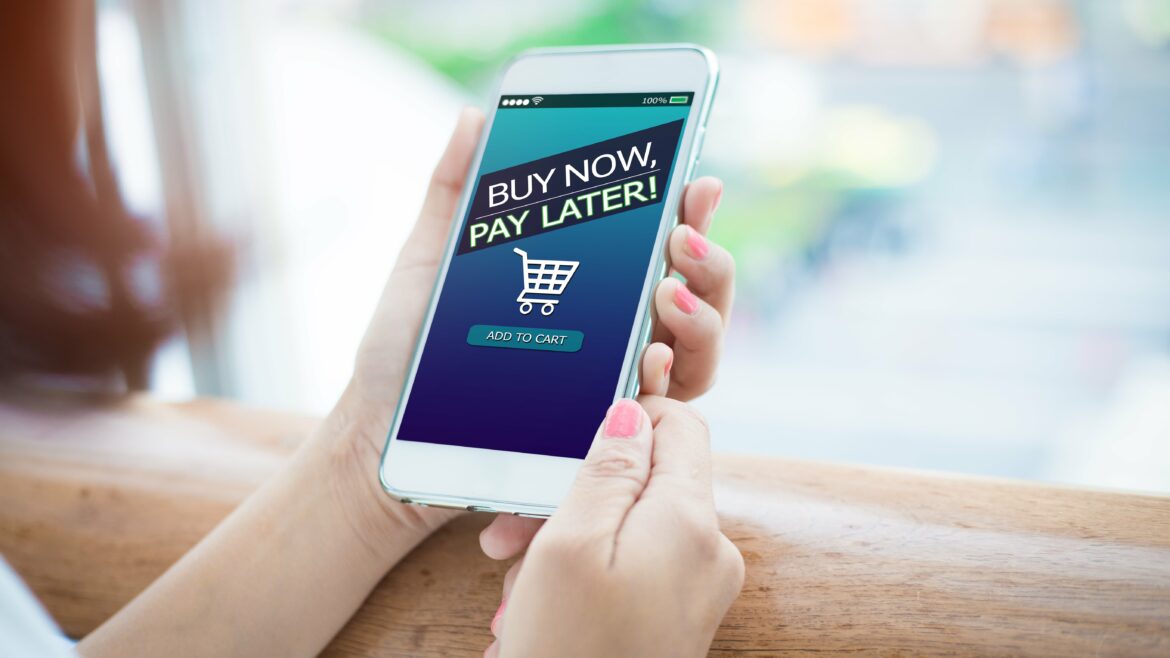In 1961 Hillel Black published the book Buy Now, Pay Later to expose the misleading interest rate disclosures of lending firms fueling the “explosion of consumer debt.”
As a reporter her purpose was to “investigate in human terms the breadth of meaning of debt living; what it is doing to all of us in concert and how it affects our individual lives and the lives of our children.”
The Introduction by Senator Paul Douglas, Chairman of the Senate Banking Committee sets the scene: “Today personal debt is edging close to $200 billion; mortgage debt is approximately $140 billion, and consumer debt is about $25 billion. Various devices are used to conceal from the consumer what he is required to pay.”
Senator Douglas was a fan of credit unions: “As a borrower from most credit unions, the consumer does receive the true interest rate.”
The chapter titles of Black’s book set the tone: Enter the Debt Merchants, The Rub in Aladdin’s Lamp, The Shark Has Pearly Teeth, The Car You Buy Is Not Your Own.
She closes with an endorsement of credit unions with their 12% maximum annual interest, 20,000 institutions, and eleven million members covering roughly 6% of the population. Her ending plea: “Let it not be said that America, in the midst of plenty, suffered its citizens to become a nation of indentured debtors.”
Six decades later
I was drawn to the book by its title and the endorsement of credit unions. CUNA reprinted Black’s article, Buying Credit Wisely, in the NEA Journal of May 1966 promoting credit unions as the preferred consumer borrowing option.
Last week, the CFPB presented a 25-page report that profiles the users of today’s Buy Now Pay Later (BNPL), a newly defined consumer financing practice. It is a study that profiles the borrowing patterns, demographics, and credit scores of BNPL users versus a group of non-BNBL customers from survey responses and credit reports.
The study describes the product: BNPL refers exclusively to the zero-interest, pay-in-four (or fewer) installment loan that facilitates purchases at the point of sale. These credit products differ from traditional installment loans in important ways: the average loan amount is $135 over six weeks compared to $800 for traditional installment loans over a period of 8-9 months; and BNPL is offered at zero percent interest, while traditional installment loans often carry a positive interest rate.
And its growing usage: In the period 2019 and 2021, the number of BNPL loans issued to consumers increased by almost tenfold. Between the first quarter of 2021 and the first quarter of 2022, seventeen percent of consumers borrowed using BNPL.
One finding: Some groups were much more likely than others to borrow using BNPL. In particular, Black, Hispanic, and female consumers had a much higher probability of use compared to the average, as did consumers with annual household income between $20,001-$50,000 and consumers under the age of 35.
CFPB study’s conclusions
While many BNPL borrowers whom we observed used the product without any noticeable indications of financial stress, BNPL borrowers were, on average, much more likely to be highly indebted, revolve around their credit cards, have delinquencies in traditional credit products, and use high-interest financial services such as payday, pawn, and overdraft compared to non-BNPL borrowers. . .
Further, contrary to the widespread misconception, BNPL borrowers generally have access to traditional forms of credit. In fact, they were more likely to borrow using credit and retail cards, personal loans, student debt, and auto loans compared to non-BNPL borrowers.
Finally, the report estimates that a majority of BNPL borrowers would face credit card interest rates between 19 and 23 percent annually if they had chosen to make their purchase using a credit card. . .
Sixty years later
Consumer borrowing is an even larger part of America’s financial structure than in 1961. Consumer spending accounts for 75-80% of the country’s GDP. The problem of disguised interest rates was resolved with Congress’ Truth in Lending legislation passed in the late 1970’s.
Borrowing options proliferate today. Many new lending offerings are tied into consumer product sales such as Macy’s or Apple’s credit card promotions.
Credit unions rode this consumer borrowing boom into the present. They have been seen as the trusted source of fair loan value. However, the playing field for lending is now level in regard to loan pricing disclosures. Competition is increasingly focused on other forms of value creation.
The surprise for me in the CFPB update, is that for some (many?) consumers the BNPL was for a majority a much better choice for borrowing than traditional credit cards or other forms of debt. Will the allure of so-called free borrowing promote greater spending? It is too soon to know all of the consequences.
What this BNPL history suggests is that market forces can, when the rules of the road are uniform, correct some of the original predatory practices chronicled in the first Buy Now Pay Later report. That is one outcome deregulation was intended to accomplish.























































